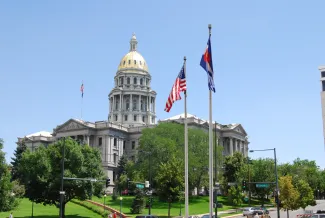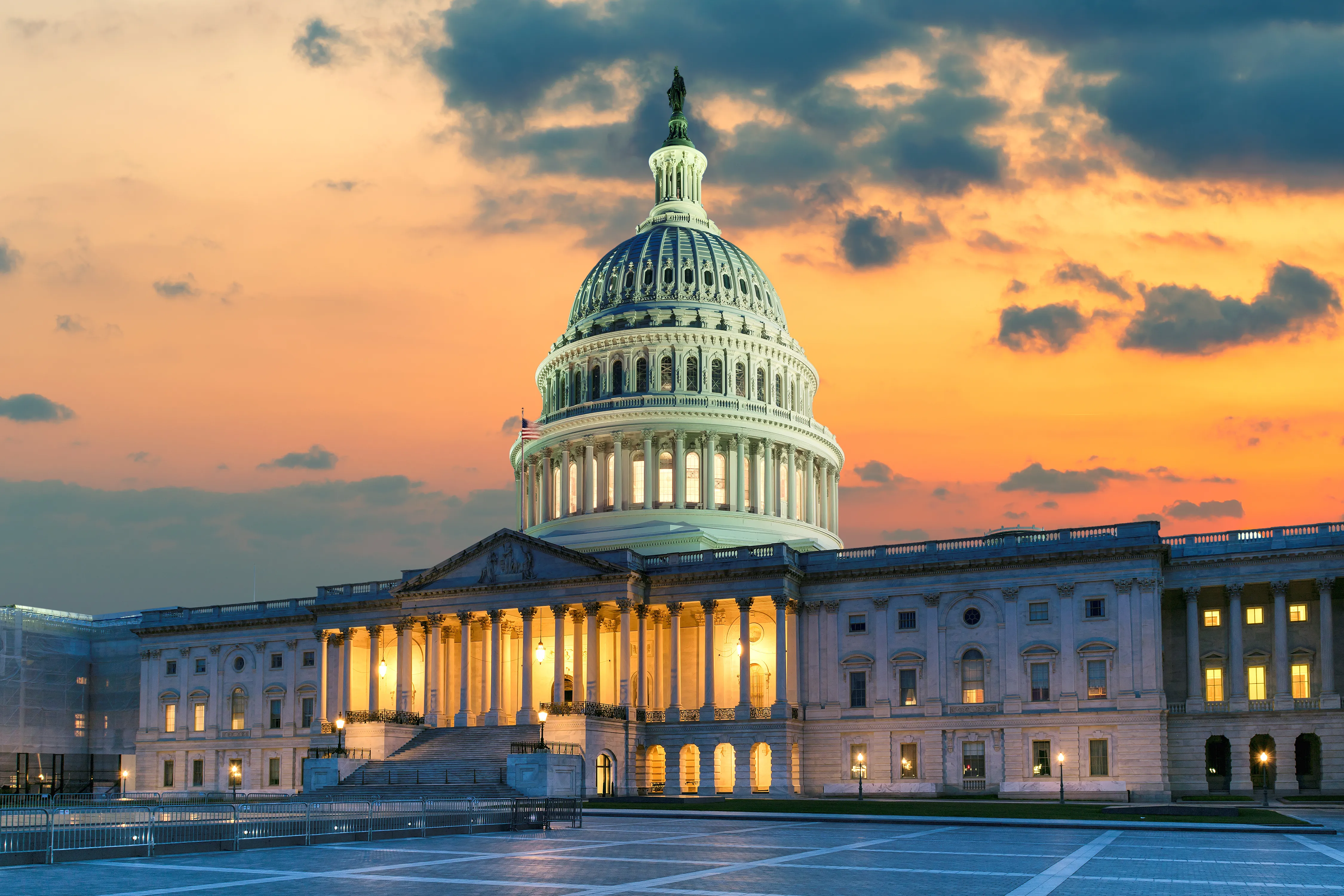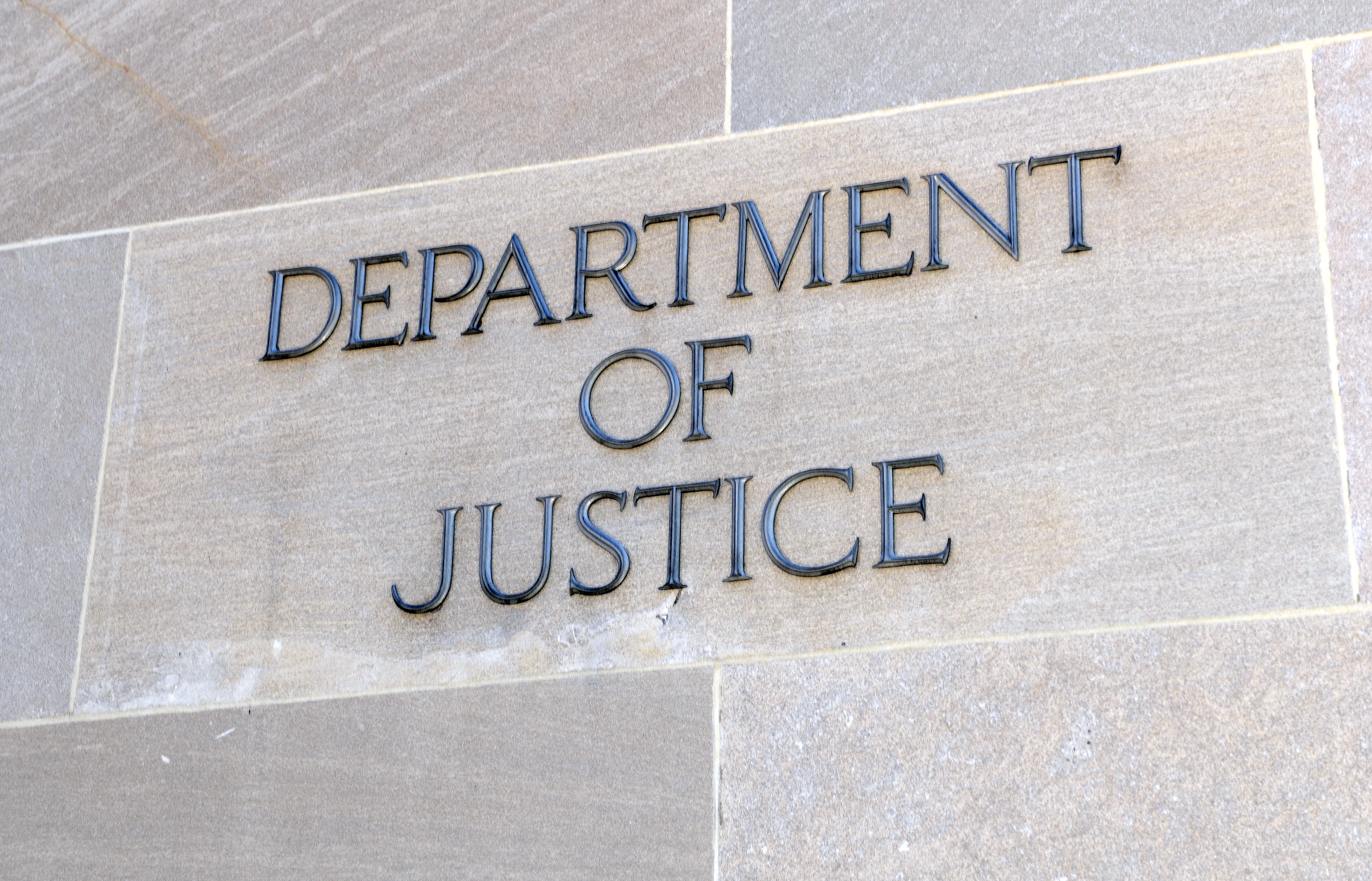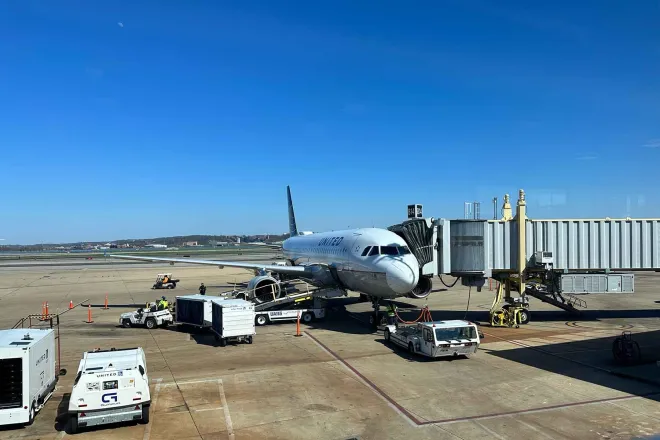
Colorado budget writers weigh competing plans on Medicaid as costs soar
© zimmytws - iStock-2206705589
A panel that recommends adjustments to how much Colorado covers Medicaid costs presented a plan to lawmakers on Tuesday that is vastly different, and more expensive, than the one the governor’s office wants to see implemented, leaving lawmakers to question the role of that panel overall.
Members of the Medicaid Provider Rate Review Advisory Committee made the presentation at the Capitol in Denver to the state Legislature’s Joint Budget Committee, which is in charge of crafting the state’s budget. The governor’s plan came through the Department of Health Care Policy and Financing.
The discussion comes at a time when Medicaid, the joint federal and state health care insurance program for certain low-income residents, faces cuts from new federal policy, and the state is heading into another fiscal year with a revenue shortfall.

“I think (the advisory committee) was set up so we can have an understanding of where these rates should be set if we could, in a perfect world, meet our budgetary needs at this moment and ensure we are adequately paying providers,” Joint Budget Committee Chair Representative Emily Sirota, a Denver Democrat, said. “But how are we to understand and interpret what MPRRAC is presenting us and then what the department is presenting us?”
Tuesday’s presentation was a first step in a long process of writing their spending plan.
The state considers Medicaid provider rates — the amount it reimburses medical providers — on a three-year cycle, and this year’s review includes physician services, dialysis, physical and occupational therapies and prosthetics, among other services. The advisory committee was formed a decade ago to help the Department of Health Care Policy and Financing, or HCPF, review provider rates, which are generally tied to a percentage of what the federal government pays for Medicare services, the health insurance program for older adults. The committee takes into account stakeholder feedback and care access when forming its recommendations for provider rates.
But the state does not have to go with the advisory committee’s suggestion, and typically does not.
“This is the third time I’ve been through this, and the recommendation is not what we end up using, and I’m puzzled why we continue this process,” Representative Rick Taggart, a Grand Junction Republican, said.
In his budget proposal, Governor Jared Polis suggested an across-the-board rate for Medicaid services at 85 percent of the Medicare benchmark. The national average is about 75 percent of that benchmark. Medicaid, which is administered by HCPF, is one of the fastest growing parts of the already-strained state budget. Polis wants to slow that growth, starting with next year’s budget.

© JJ Gouin - iStock-1642293566
“The biggest challenge with an across-the-board cut is that it doesn’t allow us to be thoughtful about what areas are going to be most impactful for the individuals in our state. It also makes it very hard for providers of care to make predictable decisions,” Megan Adamson, chair of the advisory committee, told JBC members.
“We heard a fair amount of feedback around the impacts on sustaining a practice and offering sustainable wages,” she said.
The advisory committee recommended different rates for each service it considered, and pulled all rates up to at least 80 percent. For some highly-used services, such as dental work for people with intellectual disabilities, it recommended a 150 percent rate.
Those rates would reflect the difficulty in providing those types of services, Adamson said.
The advisory committee’s plan would cost about $26 million, including $9 million from the state’s general fund. HCPF’s plan would save the state $8 million and $2.3 million from the general fund.
“In a budget cut year where it is difficult and we do have to offer reductions to rates, it becomes a question of where do you pick and choose those reductions? And this year, as we’ve done historically, the department generally opted for an across the board approach,” said Josh Block, the HCPF deputy chief financial officer.
“We’re constantly trying to find a balance, understanding what the fiscal realities of the state are and knowing the challenges we face today and will face in the future — the overall sustainability of Medicaid, and what can we do to make sure that providers keep their doors open?” he said.
About 100 people rallied on the steps of the state Capitol in Denver on Tuesday after the provider rate discussion, calling on the state to reject funding cuts for behavioral therapy and treatment for children with autism. Advocates argue that the governor’s proposed provider rate could jeopardize access to services like applied behavior analysis, which helps with communication and social skills.
“We’re asking the administration to find another solution that doesn’t balance the budget on the backs of kids with autism,” said Will Martin, a provider with Soar Autism Center.

















